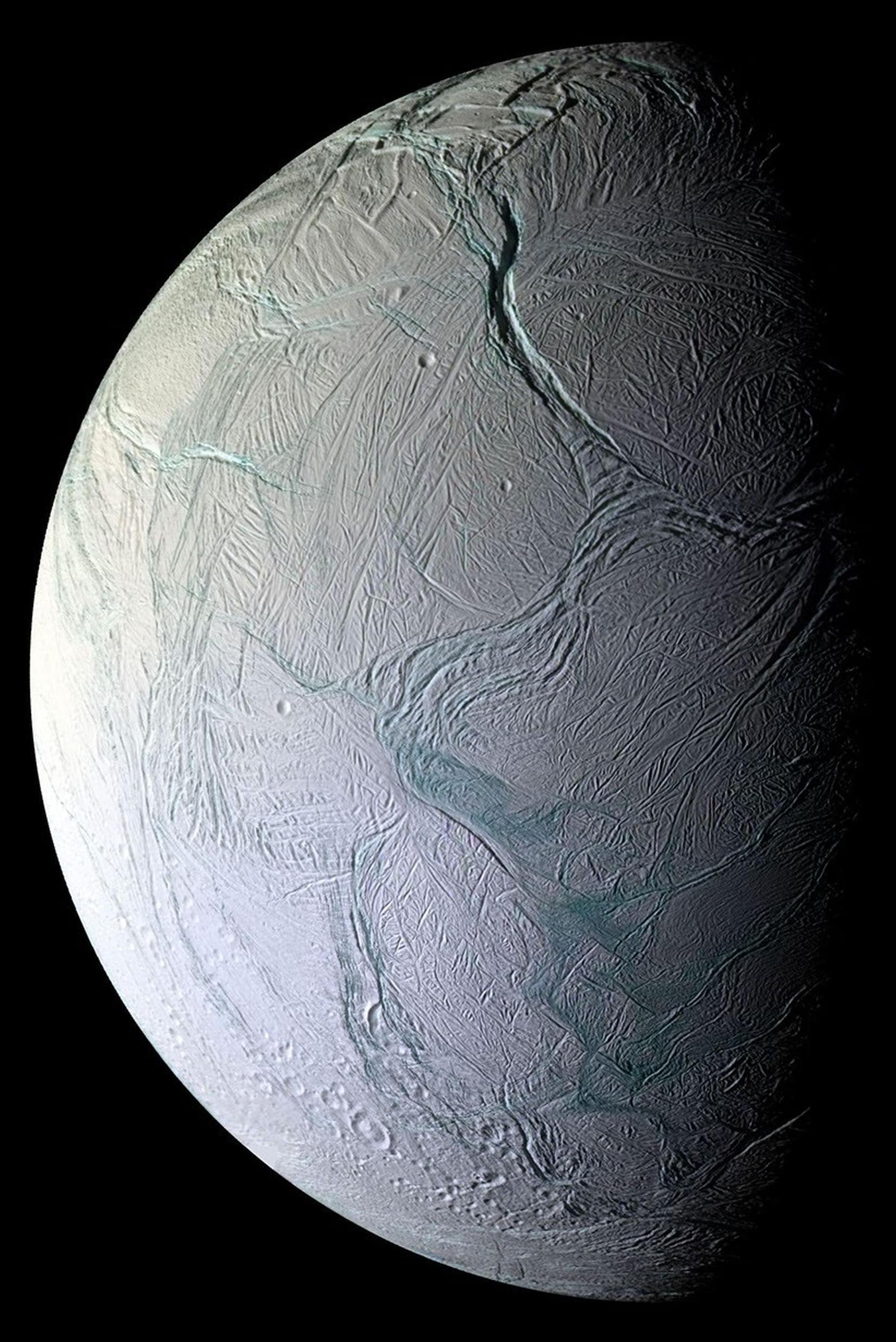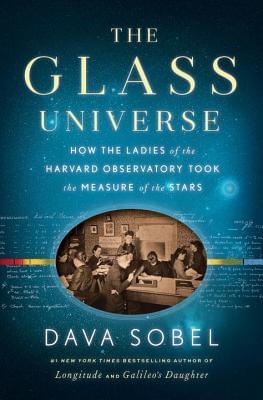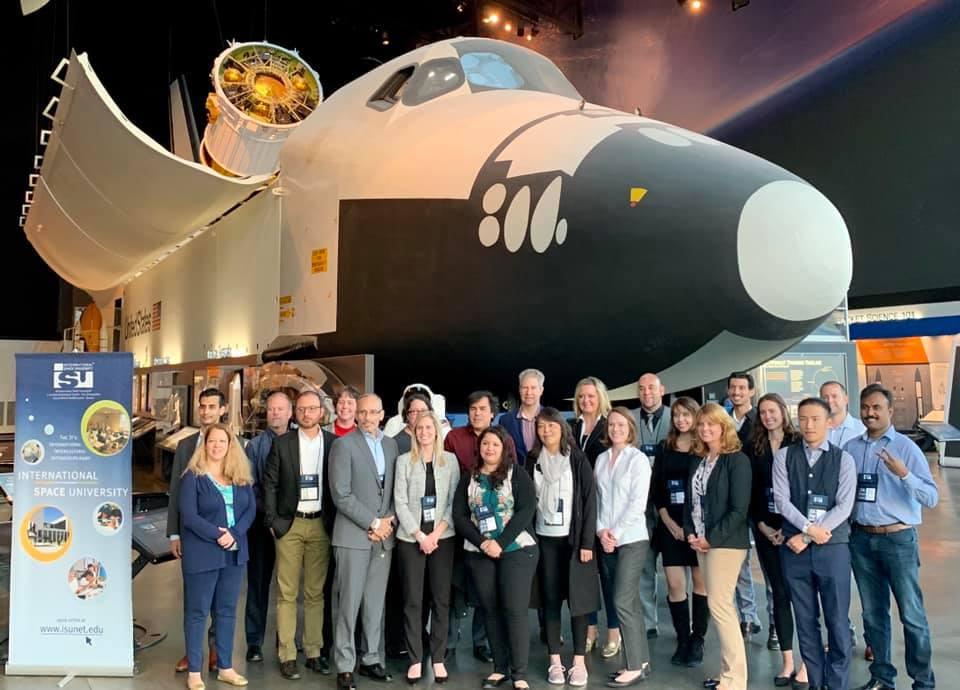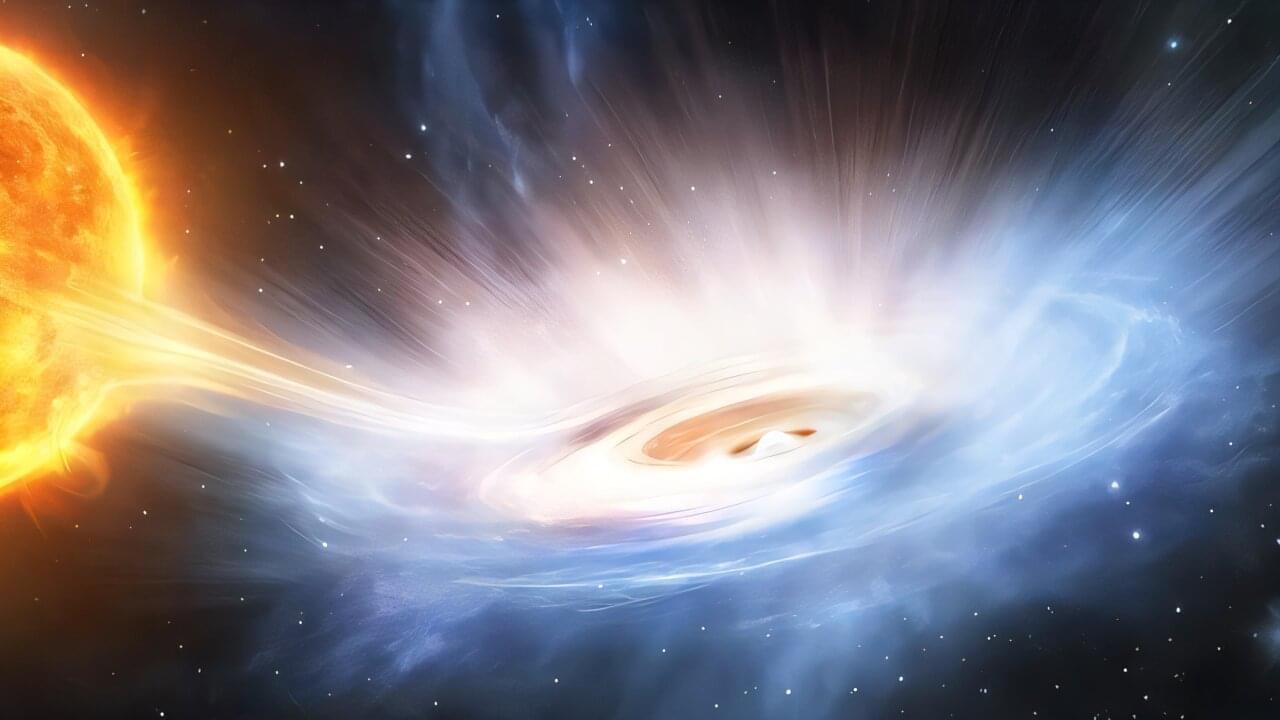Perhaps no existential question looms larger than that of our ultimate cosmic origins. At long last, science has provided the answers.
Category: space – Page 8

Physicists Just Ruled Out The Universe Being a Simulation
A question that has vexed physicists for the past century may finally have a solution – but perhaps not the one everyone was hoping for.
In a new, detailed breakdown of current theory, a team of physicists led by Mir Faizal of the University of British Columbia has shown that there is no universal “Theory of Everything” that neatly reconciles general relativity with quantum mechanics – at least, not an algorithmic one.
A natural consequence of this is that the Universe can’t be a simulation, since any such simulations would have to operate algorithmically.
Interstellar Object 3I/ATLAS Changed Color Again, And Shows Signs Of Non-Gravitational Acceleration
Behind the Sun, the comet appears to show signs of acceleration beyond what is expected by gravity. And for reasons not yet clear, it appears to have changed color.
Intelligence Exists in Platonic Space — We Just Download It
Full episode with Michael Levin: https://www.youtube.com/watch?v=c8iFtaltX-s.
As a listener of TOE you can get a special 20% off discount to The Economist and all it has to offer! Visit https://www.economist.com/toe.
Join My New Substack (Personal Writings): https://curtjaimungal.substack.com.
Listen on Spotify: https://tinyurl.com/SpotifyTOE
Become a YouTube Member (Early Access Videos):
https://www.youtube.com/channel/UCdWIQh9DGG6uhJk8eyIFl1w/join.
Support TOE on Patreon: https://patreon.com/curtjaimungal.


The Glass Universe: How the Ladies of the Harvard Observatory Took the Measure of the Stars
In the mid-nineteenth century, the Harvard College Observatory began employing women as calculators, or “human computers,” to interpret the observations their male counterparts made via telescope each night. At the outset this group included the wives, sisters, and daughters of the resident astronomers, but soon the female corps included graduates of the new women’s colleges —Vassar, Wellesley, and Smith. As photography transformed the practice of astronomy, the ladies turned from computation to studying the stars captured nightly on glass photographic plates.
The “glass universe” of half a million plates that Harvard amassed over the ensuing decades—through the generous support of Mrs. Anna Palmer Draper, the widow of a pioneer in stellar photography—enabled the women to make extraordinary discoveries that attracted worldwide acclaim. They helped discern what stars were made of, divided the stars into meaningful categories for further research, and found a way to measure distances across space by starlight. Their ranks included Williamina Fleming, a Scottish woman originally hired as a maid who went on to identify ten novae and more than three hundred variable stars; Annie Jump Cannon, who designed a stellar classification system that was adopted by astronomers the world over and is still in use; and Dr. Cecilia Helena Payne, who in 1956 became the first ever woman professor of astronomy at Harvard—and Harvard’s first female department chair.


XRISM catches a pulsar’s cosmic wind—and sees a surprising result
The universe is a strange place. The X-ray Imaging and Spectroscopy Mission (XRISM) orbiting observatory recently highlighted this fact, when it was turned on a pulsar to document its powerful cosmic winds.
The XRISM observatory is a joint mission for NASA, the European Space Agency (ESA), and the Japan Aerospace Exploration Agency (JAXA). The mission was also a replacement for the ill-fated Hitomi X-ray observatory, which failed shortly after launch in 2016.
The discovery comes courtesy of ESA’s Resolve instrument, a soft X-ray spectrometer aboard XRISM. The study looked at neutron star GX 13+1. This is a strong X-ray source located in the constellation Sagittarius, very near the galactic plane towards the core of our galaxy. GX 13+1 is about 23,000 light-years distant. The system is a binary, consisting of a pulsar and a massive star in a 24.5-day orbit.
We could use neutrino detectors as giant particle colliders
There is a limit to how big we can build particle colliders on Earth, whether that is because of limited space or limited economics. Since size is equivalent to energy output for particle colliders, that also means there’s a limit to how energetic we can make them. And again, since high energies are required to test theories that go beyond the standard model (BSM) of particle physics, that means we will be limited in our ability to validate those theories until we build a collider big enough.
But a team of scientists led by Yang Bai at the University of Wisconsin thinks they might have a better idea—use already existing neutrino detectors as a large scale particle collider that can reach energies way beyond what the LHC is capable of. The findings are published on the arXiv preprint server.
Neutrinos are notorious for very weakly interacting with things—there are trillions of them passing through you as you read this sentence. However, put enough matter in their way and eventually a special few will run directly into a proton or electron. The resulting particle spray, which is typically going faster than light in whatever medium the neutrino hits, creates a light known as Cherenkov radiation. But really what causes the Cherenkov radiation are the particles created by what is essentially a giant particle collider.

What Is a Manifold?
Standing in the middle of a field, we can easily forget that we live on a round planet. We’re so small in comparison to the Earth that from our point of view, it looks flat.
The world is full of such shapes — ones that look flat to an ant living on them, even though they might have a more complicated global structure. Mathematicians call these shapes manifolds. Introduced by Bernhard Riemann in the mid-19th century, manifolds transformed how mathematicians think about space. It was no longer just a physical setting for other mathematical objects, but rather an abstract, well-defined object worth studying in its own right.
This new perspective allowed mathematicians to rigorously explore higher-dimensional spaces — leading to the birth of modern topology, a field dedicated to the study of mathematical spaces like manifolds. Manifolds have also come to occupy a central role in fields such as geometry, dynamical systems, data analysis and physics.